Khalifeh AlJadda
Solving Cold-Start Problem in Large-scale Recommendation Engines: A Deep Learning Approach
Nov 16, 2016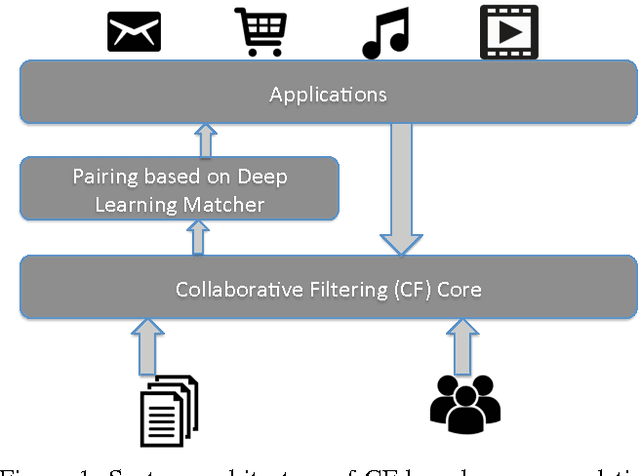
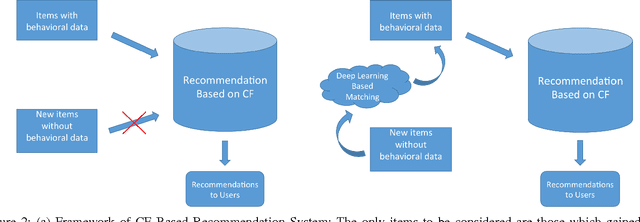
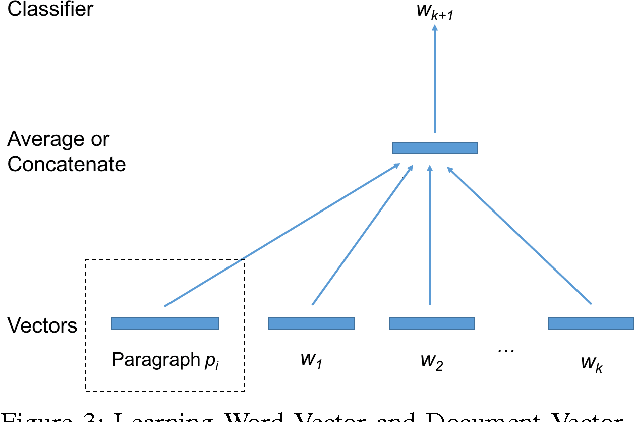
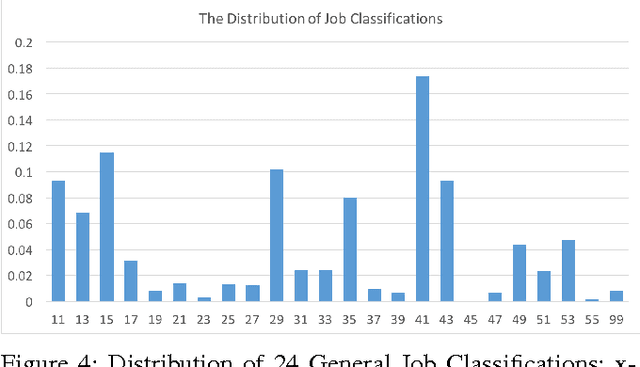
Abstract:Collaborative Filtering (CF) is widely used in large-scale recommendation engines because of its efficiency, accuracy and scalability. However, in practice, the fact that recommendation engines based on CF require interactions between users and items before making recommendations, make it inappropriate for new items which haven't been exposed to the end users to interact with. This is known as the cold-start problem. In this paper we introduce a novel approach which employs deep learning to tackle this problem in any CF based recommendation engine. One of the most important features of the proposed technique is the fact that it can be applied on top of any existing CF based recommendation engine without changing the CF core. We successfully applied this technique to overcome the item cold-start problem in Careerbuilder's CF based recommendation engine. Our experiments show that the proposed technique is very efficient to resolve the cold-start problem while maintaining high accuracy of the CF recommendations.
The Semantic Knowledge Graph: A compact, auto-generated model for real-time traversal and ranking of any relationship within a domain
Sep 05, 2016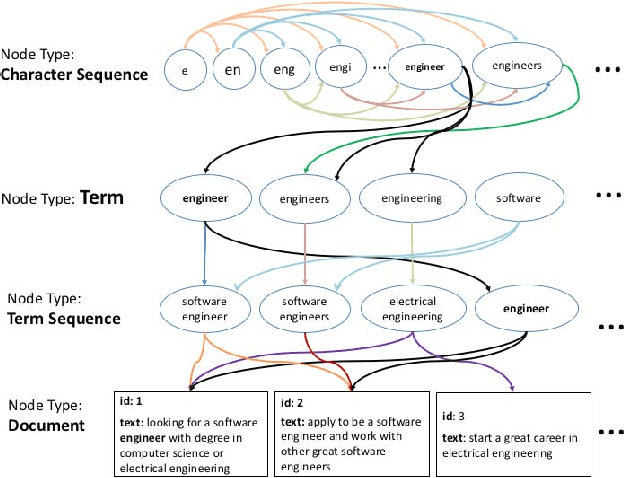
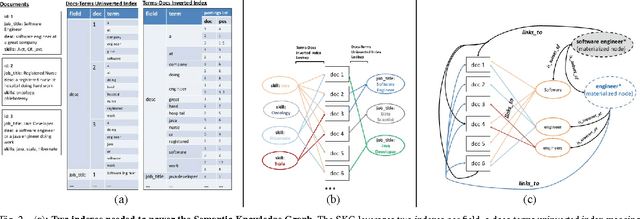

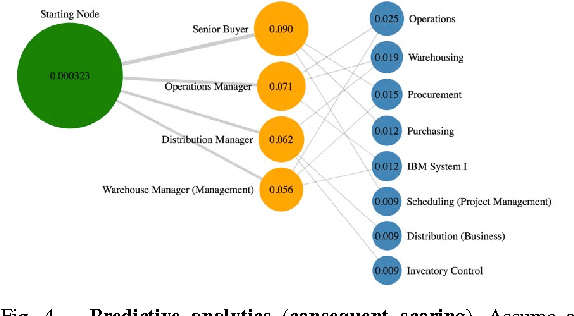
Abstract:This paper describes a new kind of knowledge representation and mining system which we are calling the Semantic Knowledge Graph. At its heart, the Semantic Knowledge Graph leverages an inverted index, along with a complementary uninverted index, to represent nodes (terms) and edges (the documents within intersecting postings lists for multiple terms/nodes). This provides a layer of indirection between each pair of nodes and their corresponding edge, enabling edges to materialize dynamically from underlying corpus statistics. As a result, any combination of nodes can have edges to any other nodes materialize and be scored to reveal latent relationships between the nodes. This provides numerous benefits: the knowledge graph can be built automatically from a real-world corpus of data, new nodes - along with their combined edges - can be instantly materialized from any arbitrary combination of preexisting nodes (using set operations), and a full model of the semantic relationships between all entities within a domain can be represented and dynamically traversed using a highly compact representation of the graph. Such a system has widespread applications in areas as diverse as knowledge modeling and reasoning, natural language processing, anomaly detection, data cleansing, semantic search, analytics, data classification, root cause analysis, and recommendations systems. The main contribution of this paper is the introduction of a novel system - the Semantic Knowledge Graph - which is able to dynamically discover and score interesting relationships between any arbitrary combination of entities (words, phrases, or extracted concepts) through dynamically materializing nodes and edges from a compact graphical representation built automatically from a corpus of data representative of a knowledge domain.
Application of Statistical Relational Learning to Hybrid Recommendation Systems
Jul 04, 2016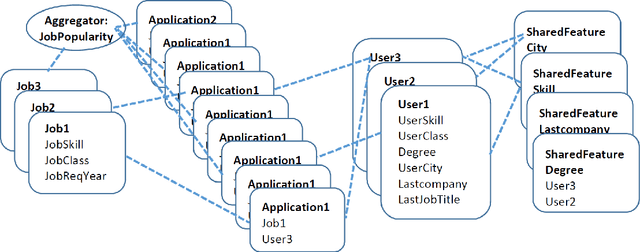
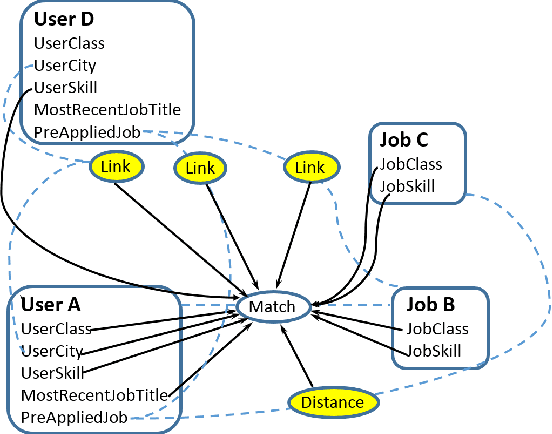

Abstract:Recommendation systems usually involve exploiting the relations among known features and content that describe items (content-based filtering) or the overlap of similar users who interacted with or rated the target item (collaborative filtering). To combine these two filtering approaches, current model-based hybrid recommendation systems typically require extensive feature engineering to construct a user profile. Statistical Relational Learning (SRL) provides a straightforward way to combine the two approaches. However, due to the large scale of the data used in real world recommendation systems, little research exists on applying SRL models to hybrid recommendation systems, and essentially none of that research has been applied on real big-data-scale systems. In this paper, we proposed a way to adapt the state-of-the-art in SRL learning approaches to construct a real hybrid recommendation system. Furthermore, in order to satisfy a common requirement in recommendation systems (i.e. that false positives are more undesirable and therefore penalized more harshly than false negatives), our approach can also allow tuning the trade-off between the precision and recall of the system in a principled way. Our experimental results demonstrate the efficiency of our proposed approach as well as its improved performance on recommendation precision.
GELATO and SAGE: An Integrated Framework for MS Annotation
Jan 08, 2016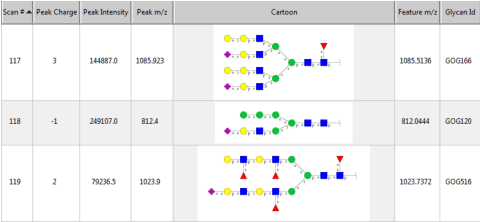
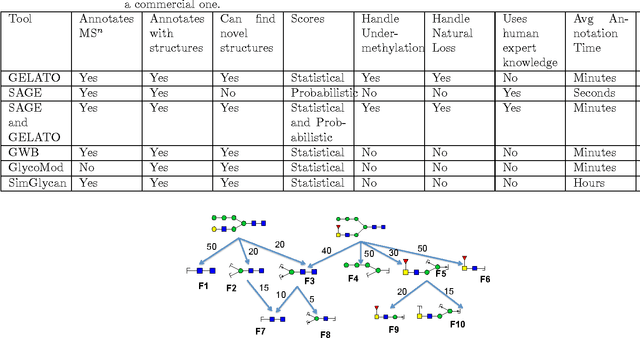
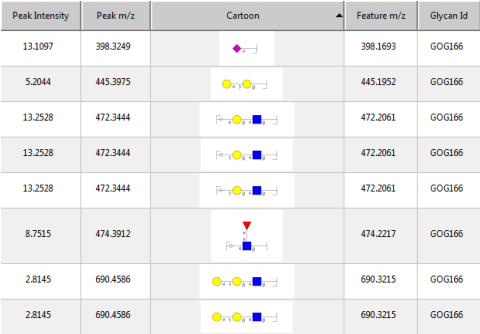
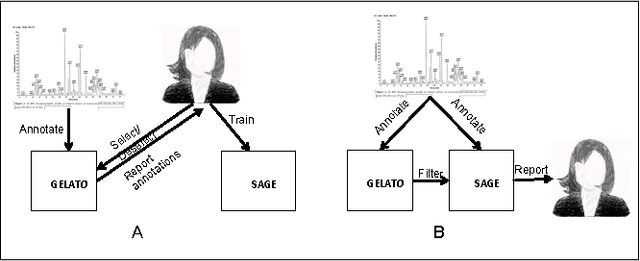
Abstract:Several algorithms and tools have been developed to (semi) automate the process of glycan identification by interpreting Mass Spectrometric data. However, each has limitations when annotating MSn data with thousands of MS spectra using uncurated public databases. Moreover, the existing tools are not designed to manage MSn data where n > 2. We propose a novel software package to automate the annotation of tandem MS data. This software consists of two major components. The first, is a free, semi-automated MSn data interpreter called the Glycomic Elucidation and Annotation Tool (GELATO). This tool extends and automates the functionality of existing open source projects, namely, GlycoWorkbench (GWB) and GlycomeDB. The second is a machine learning model called Smart Anotation Enhancement Graph (SAGE), which learns the behavior of glycoanalysts to select annotations generated by GELATO that emulate human interpretation of the spectra.
Mining Massive Hierarchical Data Using a Scalable Probabilistic Graphical Model
Dec 28, 2015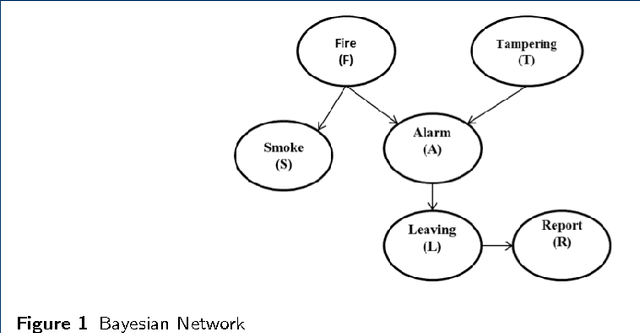

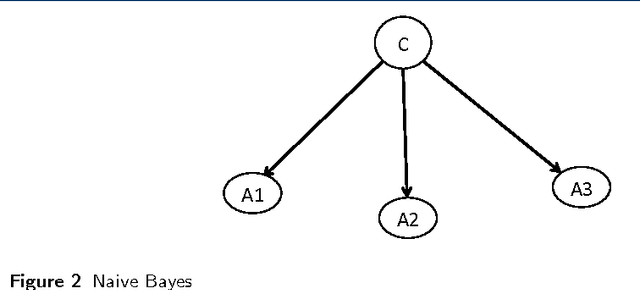
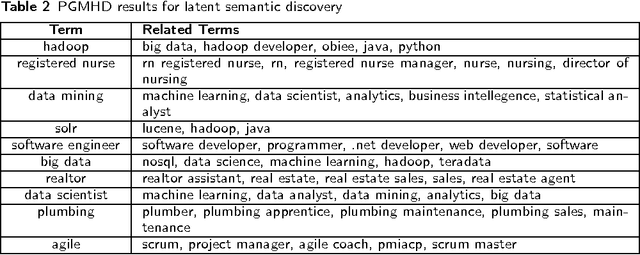
Abstract:Probabilistic Graphical Models (PGM) are very useful in the fields of machine learning and data mining. The crucial limitation of those models,however, is the scalability. The Bayesian Network, which is one of the most common PGMs used in machine learning and data mining, demonstrates this limitation when the training data consists of random variables, each of them has a large set of possible values. In the big data era, one would expect new extensions to the existing PGMs to handle the massive amount of data produced these days by computers, sensors and other electronic devices. With hierarchical data - data that is arranged in a treelike structure with several levels - one would expect to see hundreds of thousands or millions of values distributed over even just a small number of levels. When modeling this kind of hierarchical data across large data sets, Bayesian Networks become infeasible for representing the probability distributions. In this paper we introduce an extension to Bayesian Networks to handle massive sets of hierarchical data in a reasonable amount of time and space. The proposed model achieves perfect precision of 1.0 and high recall of 0.93 when it is used as multi-label classifier for the annotation of mass spectrometry data. On another data set of 1.5 billion search logs provided by CareerBuilder.com the model was able to predict latent semantic relationships between search keywords with accuracy up to 0.80.
PGMHD: A Scalable Probabilistic Graphical Model for Massive Hierarchical Data Problems
Aug 19, 2014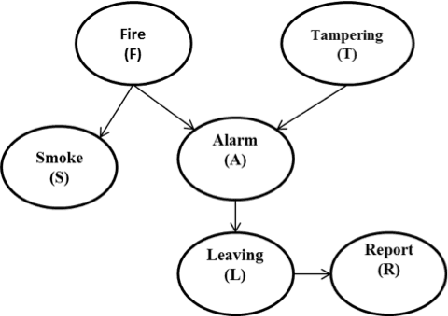
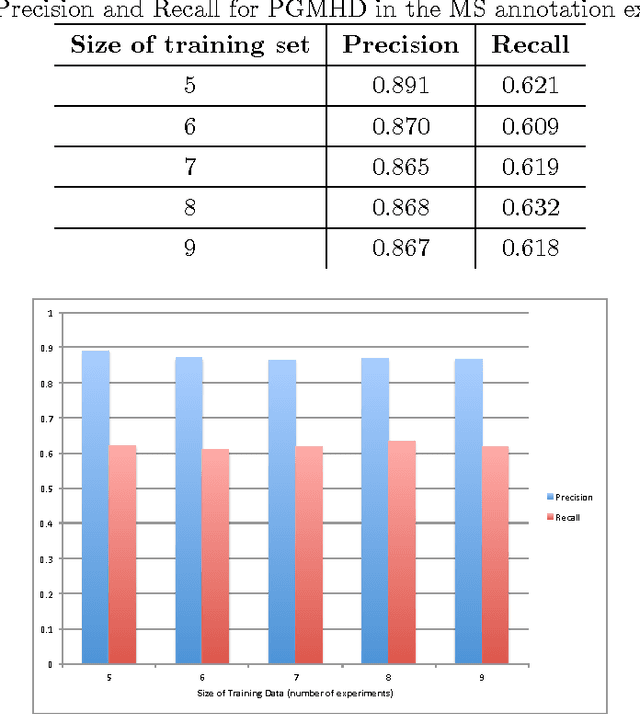
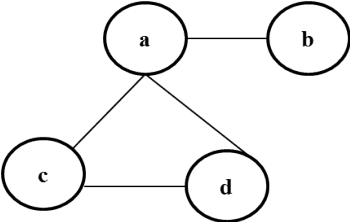

Abstract:In the big data era, scalability has become a crucial requirement for any useful computational model. Probabilistic graphical models are very useful for mining and discovering data insights, but they are not scalable enough to be suitable for big data problems. Bayesian Networks particularly demonstrate this limitation when their data is represented using few random variables while each random variable has a massive set of values. With hierarchical data - data that is arranged in a treelike structure with several levels - one would expect to see hundreds of thousands or millions of values distributed over even just a small number of levels. When modeling this kind of hierarchical data across large data sets, Bayesian networks become infeasible for representing the probability distributions for the following reasons: i) Each level represents a single random variable with hundreds of thousands of values, ii) The number of levels is usually small, so there are also few random variables, and iii) The structure of the network is predefined since the dependency is modeled top-down from each parent to each of its child nodes, so the network would contain a single linear path for the random variables from each parent to each child node. In this paper we present a scalable probabilistic graphical model to overcome these limitations for massive hierarchical data. We believe the proposed model will lead to an easily-scalable, more readable, and expressive implementation for problems that require probabilistic-based solutions for massive amounts of hierarchical data. We successfully applied this model to solve two different challenging probabilistic-based problems on massive hierarchical data sets for different domains, namely, bioinformatics and latent semantic discovery over search logs.
 Add to Chrome
Add to Chrome Add to Firefox
Add to Firefox Add to Edge
Add to Edge